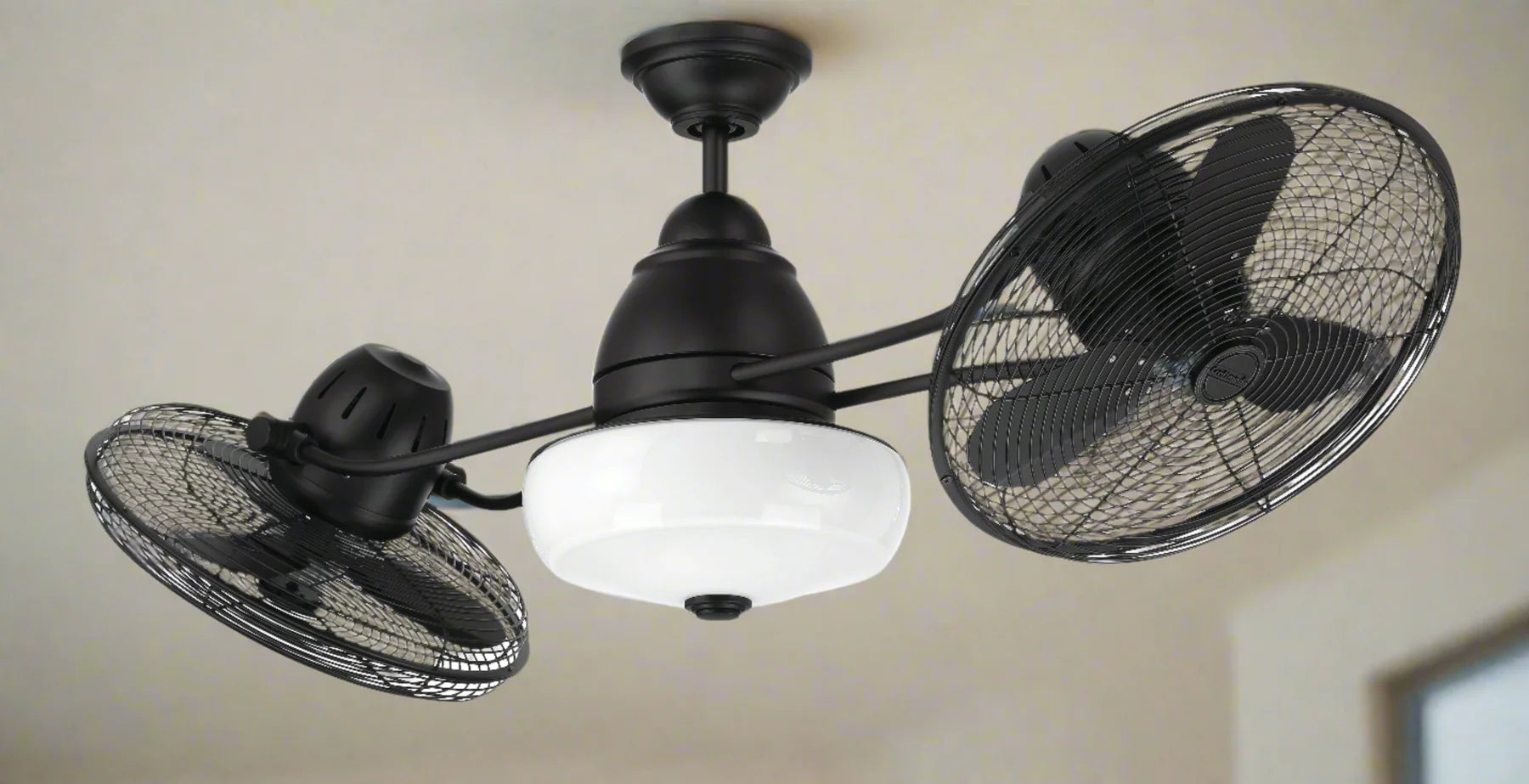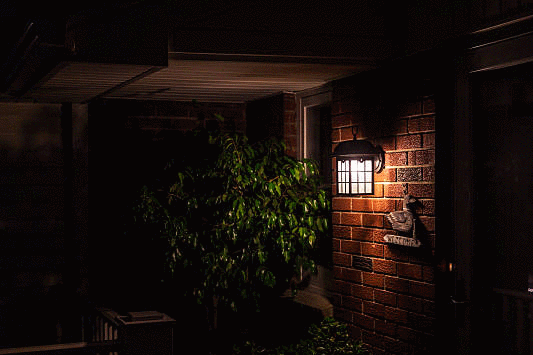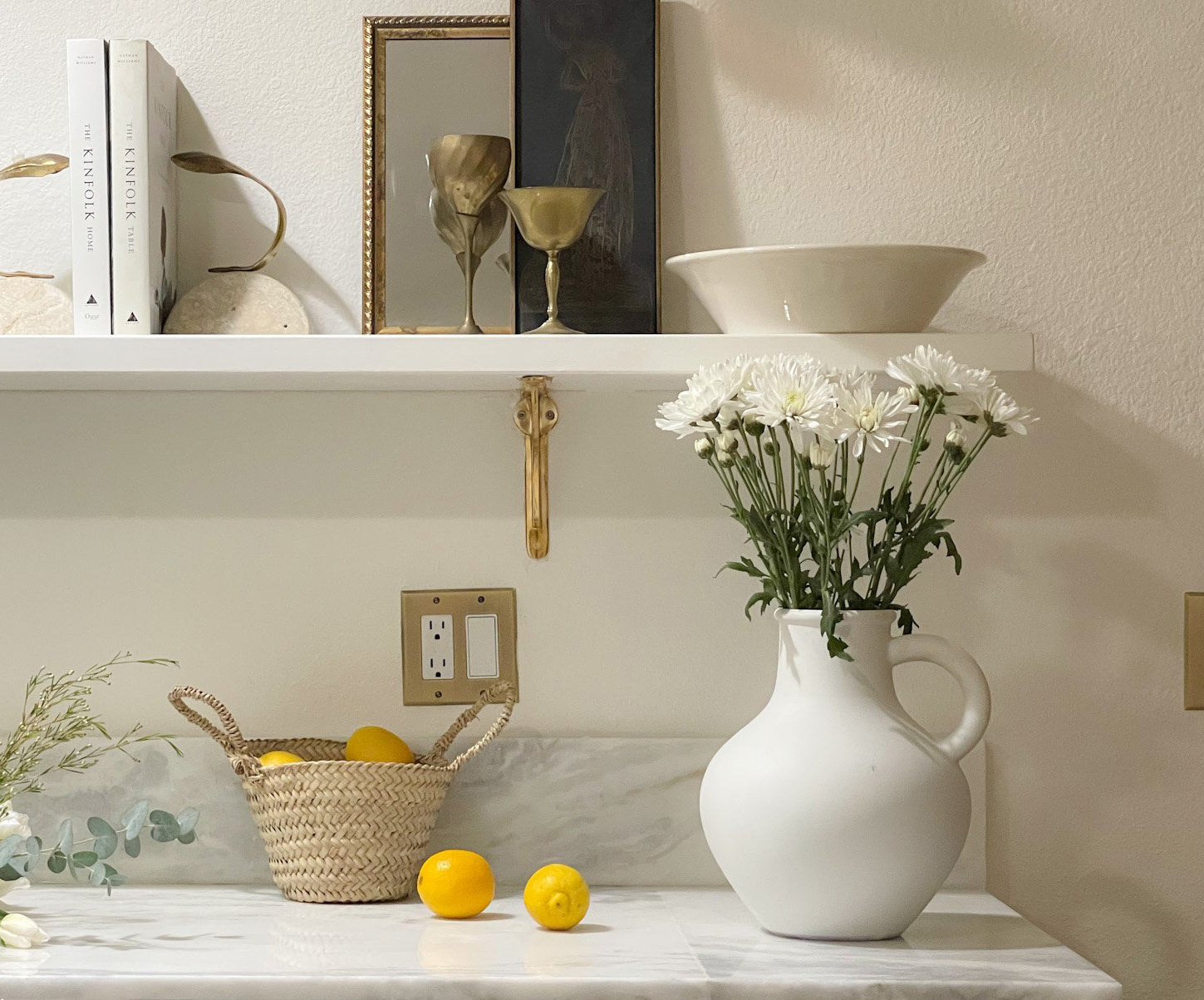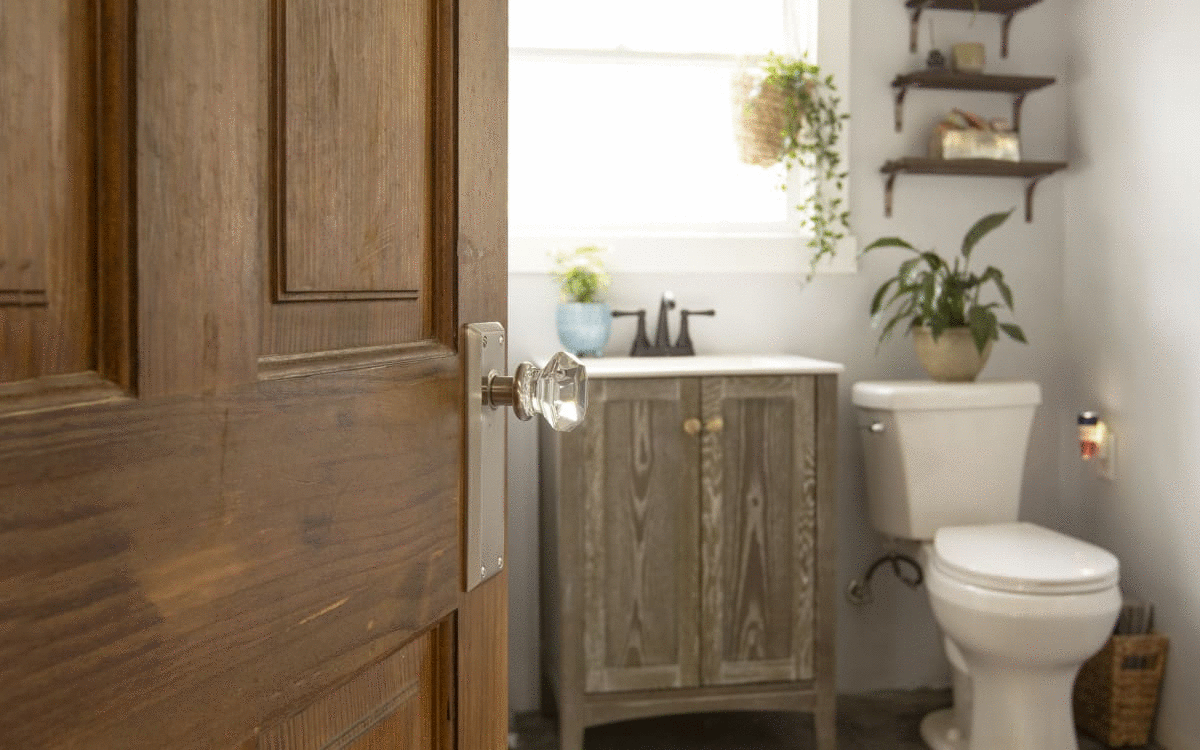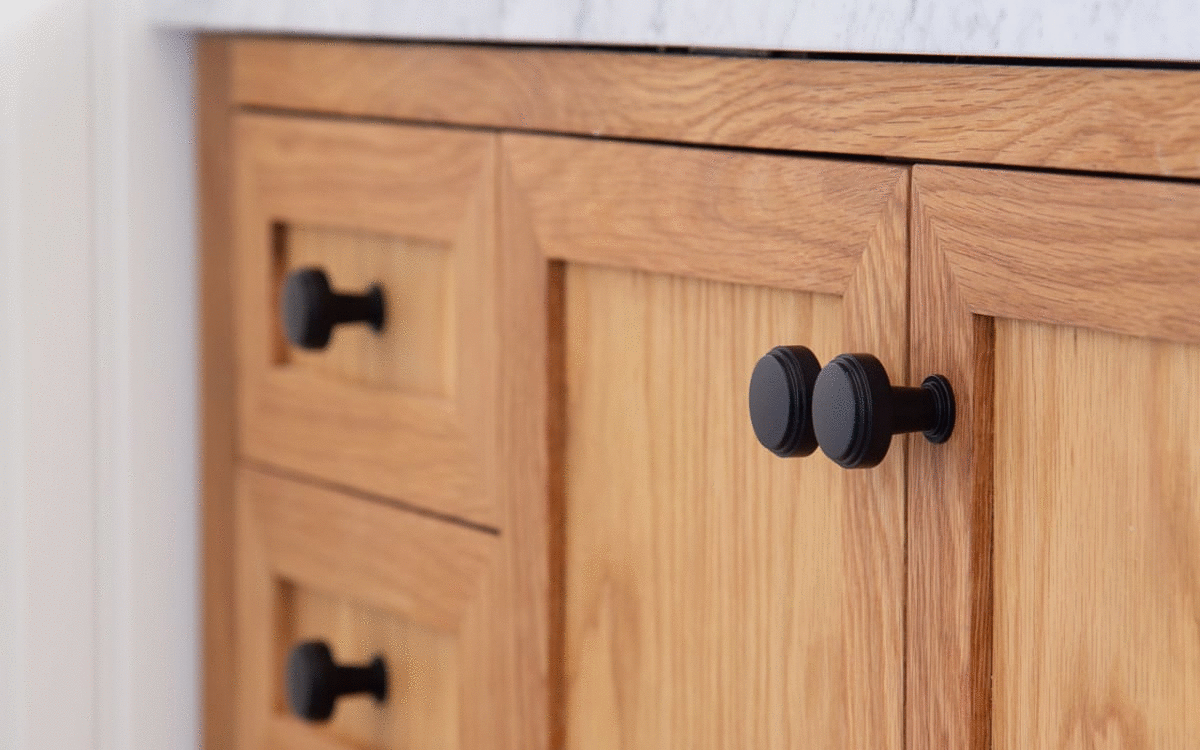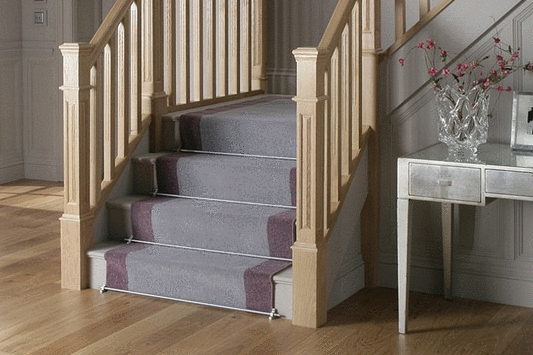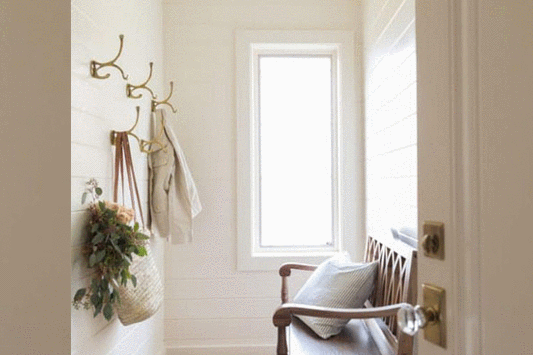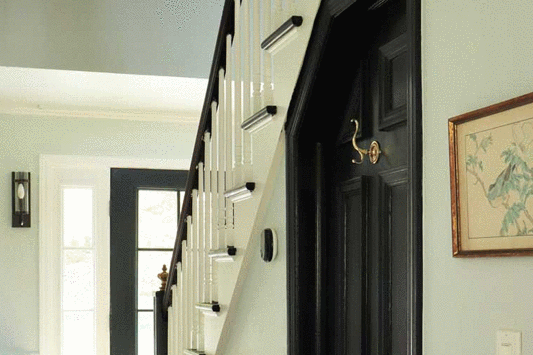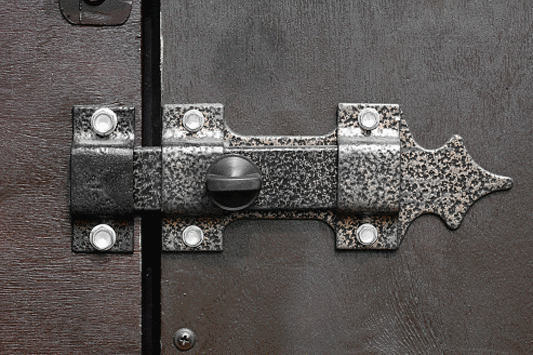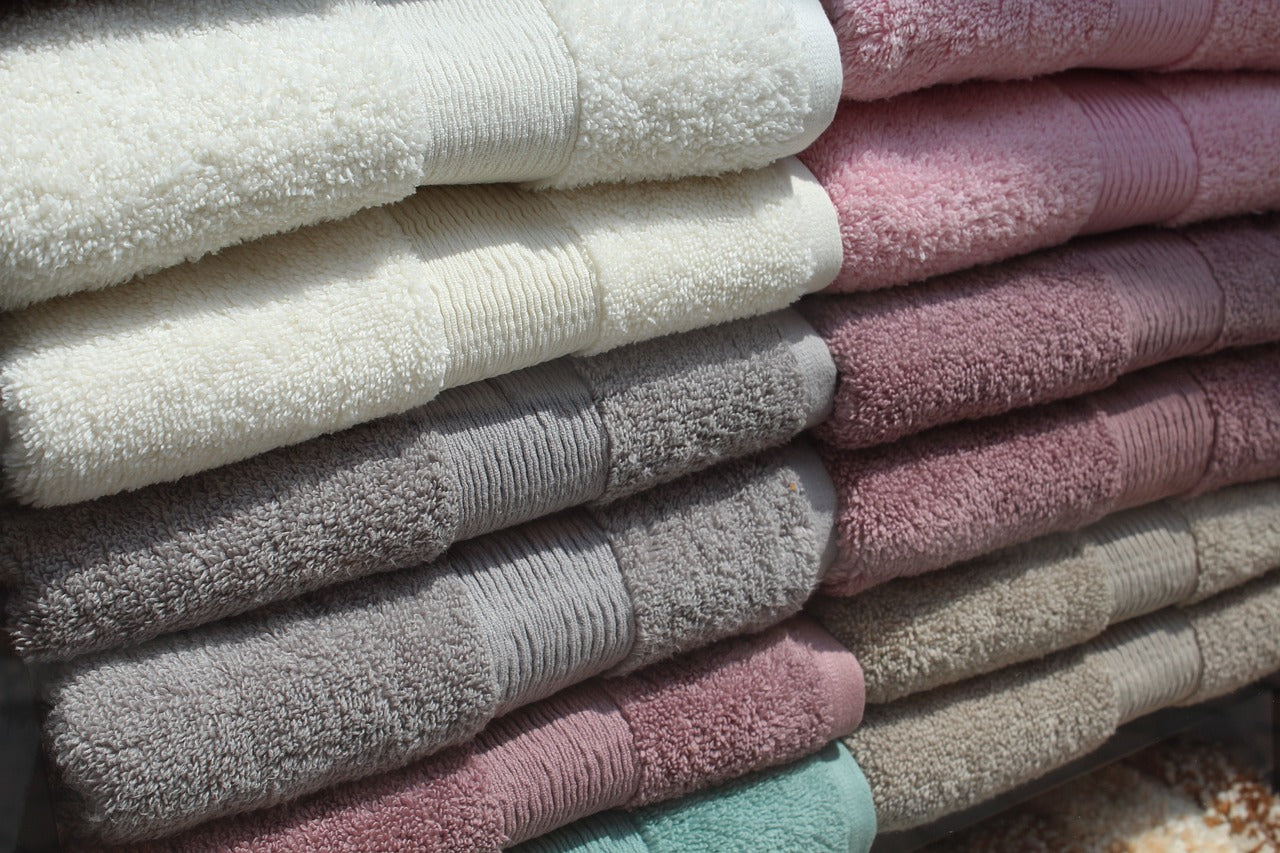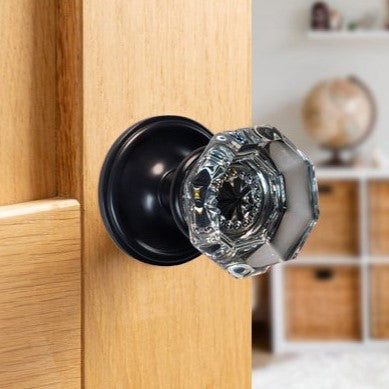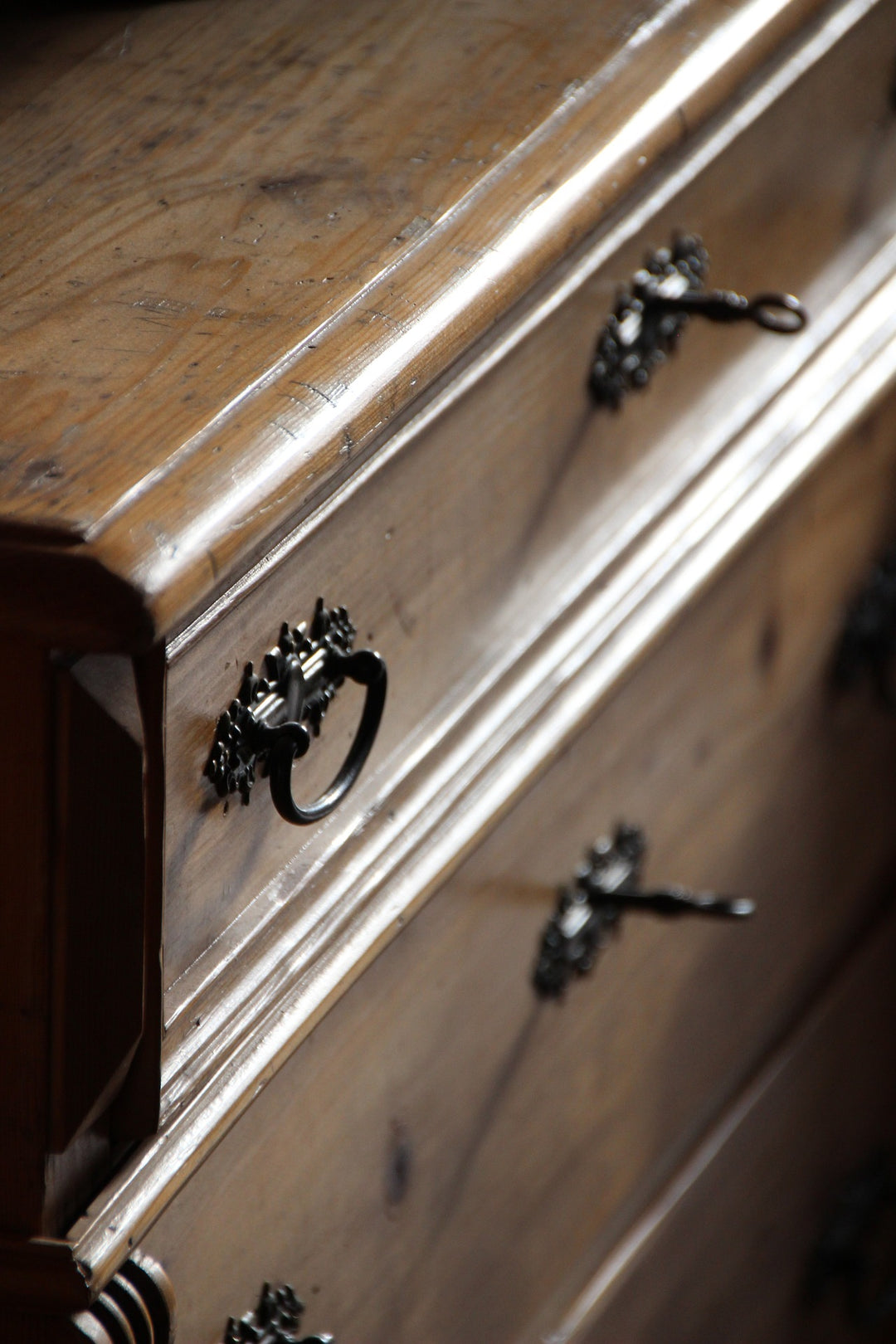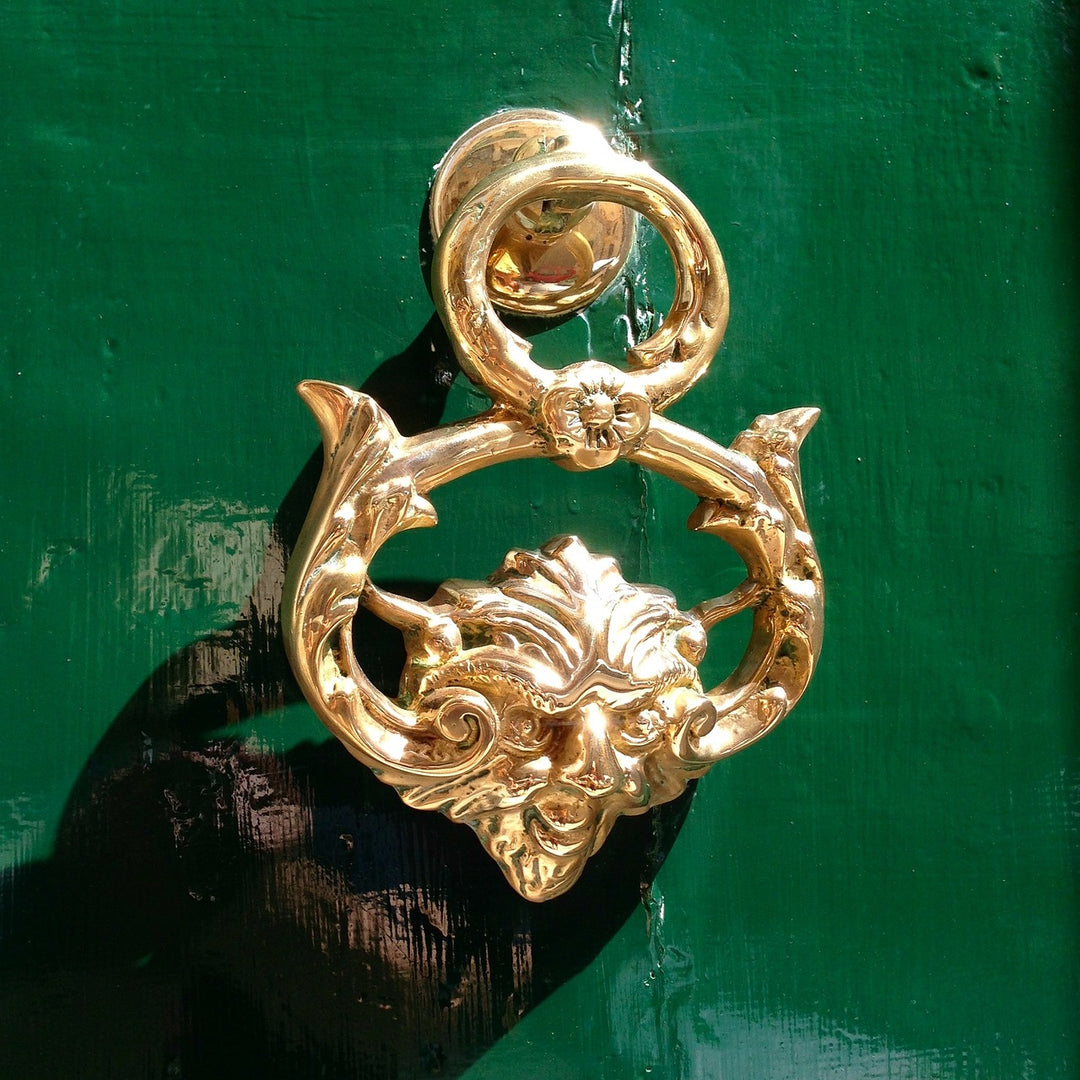Tips for Cleaning and Maintaining Brass Hardware
Brass hardware, with its rich golden hue and timeless elegance, can enhance the aesthetic appeal of any home or establishment. Composed primarily of copper and zinc, brass is prized not only for its beauty but also for its durability. However, like any metal, it requires regular cleaning and maintenance to retain its luster and functionality. Neglecting brass hardware can lead to tarnish, corrosion, and a dull appearance, detracting from its inherent charm. Understanding the nature of brass and the best practices for its care is essential for preserving its beauty and extending its lifespan.

Regular Dusting and Surface Cleaning:
The first step in maintaining brass hardware is regular dusting and surface cleaning. Dust and dirt can accumulate on brass surfaces, leading to dullness and potentially causing scratches if left unchecked. Use a soft, lint-free cloth to gently wipe down the hardware, ensuring you reach all crevices and corners. For more thorough cleaning, a solution of mild soap and warm water can be effective. Dampen a cloth with the soapy water, wipe the brass surface, and then use another clean, damp cloth to remove any soap residue. Finally, dry the hardware completely with a soft towel to prevent water spots.

Dealing with Tarnish:
Tarnish is a common issue with brass, caused by oxidation when the metal reacts with air and moisture. To address tarnish, a variety of commercial brass cleaners are available, but homemade solutions can be equally effective. One popular method involves using a mixture of vinegar, salt, and flour. Combine equal parts of vinegar and salt, and then add flour to create a paste. Apply this paste to the tarnished brass, allowing it to sit for about 15 minutes before rinsing it off with warm water and drying thoroughly. For lighter tarnish, a paste of baking soda and lemon juice can be used similarly.

Polishing Brass to Restore Shine:
Polishing brass is crucial for maintaining its shine and protecting it from further tarnish. After cleaning, apply a small amount of brass polish to a soft cloth and rub it onto the hardware in a circular motion. Buff the brass until it gleams, then use a clean cloth to remove any excess polish. Be sure to use polishes specifically designed for brass, as other products can contain abrasive chemicals that might damage the surface. For those who prefer natural methods, a mixture of equal parts lemon juice and baking soda can serve as an effective polish.

Protecting Brass from Future Tarnish:
Once your brass hardware is clean and polished, taking steps to protect it from future tarnish is essential. Applying a thin coat of clear lacquer can shield the brass from air and moisture, significantly slowing down the tarnishing process. Ensure the brass is completely clean and dry before applying lacquer, and follow the manufacturer's instructions for best results. Another option is to use a commercial brass wax, which creates a protective barrier while maintaining the hardware's natural appearance. Reapply the wax periodically to ensure ongoing protection.

Addressing Stubborn Stains and Corrosion:
In some cases, brass hardware may develop stubborn stains or even corrosion, especially in environments with high humidity or exposure to harsh chemicals. To tackle these issues, a more intensive cleaning method may be required. For stubborn stains, create a paste with equal parts vinegar and baking soda, apply it to the affected areas, and let it sit for several minutes before scrubbing gently with a soft brush. For corrosion, a mixture of lemon juice and salt can be effective. Apply the mixture to the corroded areas, scrub gently, and rinse thoroughly. Always dry the hardware completely after cleaning to prevent further damage.

Maintaining Moving Parts:
Brass hardware often includes moving parts, such as hinges, locks, and handles, which require specific maintenance to ensure smooth operation. Regularly lubricate these parts with a suitable lubricant, such as graphite powder for locks or a light machine oil for hinges. Avoid using excessive lubricant, as this can attract dust and grime, leading to buildup and potential malfunction. If moving parts become stiff or noisy, disassemble them if possible, clean thoroughly, and lubricate before reassembling. Regular maintenance of moving parts not only ensures functionality but also prolongs the life of the hardware.

Avoiding Common Mistakes:
When cleaning and maintaining brass hardware, certain common mistakes should be avoided to prevent damage. One of the most frequent errors is using abrasive cleaners or tools, such as steel wool or harsh chemical cleaners, which can scratch or corrode the brass. Always use soft cloths and gentle cleaning solutions. Another mistake is neglecting to dry the hardware thoroughly after cleaning, which can lead to water spots and encourage tarnish. Additionally, avoid exposing brass hardware to harsh environmental conditions, such as extreme humidity or salty air, whenever possible.

Properly cleaning and maintaining brass hardware involves understanding the unique properties of brass and implementing regular care routines. From gentle dusting and surface cleaning to addressing tarnish and polishing, each step plays a crucial role in preserving the hardware's beauty and functionality. Protecting brass from future tarnish with lacquer or wax, addressing stubborn stains and corrosion, and maintaining moving parts are all essential aspects of comprehensive brass care. By avoiding common mistakes and adopting a proactive approach, you can ensure that your brass hardware remains a stunning and durable feature in your home for years to come.





